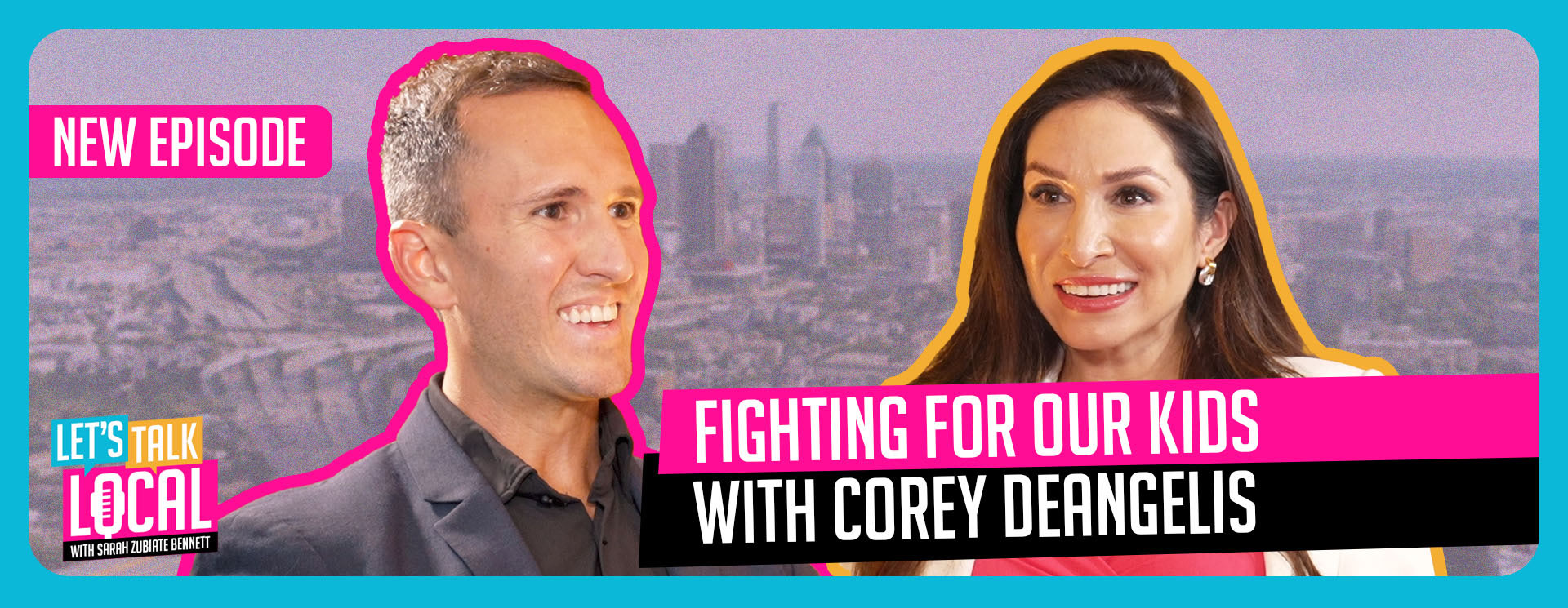The Federal Reserve approved its first interest rate increase of the year on Wednesday, raising its benchmark rate by 25 basis points and hammering in the notion that ongoing increases would be necessary to quash inflation.
Fed officials wrapped up their two-day Federal Open Market Committee (FOMC) meeting on February 1, in which monetary policymakers unanimously agreed to lift interest rates by 0.25% to within a range of 4.5%-4.75%.
Wednesday’s announcement of a 25-basis point increase is the Federal Reserve’s eighth consecutive rate hike since it embarked on its record-setting pace back in March 2021.
Following multiple 0.75% increases, December’s and February’s more modest increases of 0.5% and 0.25%, respectively, should give officials enough time to determine the extent of future increases and how long to sustain them there to attain a sufficiently restrictive stance.
The U.S. Central Bank projects the terminal rate — the long-term target — will peak between 5% and 5.25%.
“Over the past year, we’ve taken forceful actions to tighten the stance of monetary policy. We’ve covered a lot of ground, and the full effects of our rapid tightening so far are yet to be filled. Even so, we have more work to do,” Federal Reserve Chairman Jerome Powell said at a press conference following the interest rate increase.
“We continue to anticipate that ongoing increases will be appropriate” so that the stance of monetary policy is “sufficiently restrictive to return inflation to 2% over time,” he said.
Even though December’s 6.5% CPI reading suggests that inflation has cooled, Powell notes that it is still well above the Fed’s 2% target goal.
“The Fed has made it very clear, and they’ve been consistent that they are going to return inflation back to 2% level,” Ted Wilson, founder and principal of Residential Strategies, told The Dallas Express. Beyond Wednesday’s increase, I don’t think the Fed will deviate off course unless the “inflation data changes dramatically.”
Ultimately, what Fed officials will do is the $64,000 question, Wilson said. “The expectation, though, is that the Fed will hit their terminal rate with maybe one or two more 25 basis point increases; we’ll see.”
Although the U.S. Central Bank has slowed the momentum of rate hikes from last year’s aggressive pace, Fed officials predict that further increases will be necessary before their job is done.
“While recent developments are encouraging, we will need substantially more evidence to be confident that inflation is on a sustained downward path,” Powell said.
“Longer-term inflation expectations appear to remain well anchored, as reflected in a broad range of surveys of households, businesses, and forecasters, as well as measures from financial markets. But that’s not grounds for complacency.”
While Wednesday’s quarter percentage point increase suggests that the Fed’s restrictive policy stance is making a dent, Wilson highlighted the worrying aspect of an inverted bond yield curve.
“At the moment, you’re looking at a 10-year rate, that’s around 3.5%, while the Fed Funds short-term rates are higher. Typically, when you’ve seen an inverted bond yield curve in the past, that’s been kind of a “harbinger for a recession,” Wilson explained.
Given February’s 0.25% increase, two more quarter-percentage-point increases will likely follow in March and again in May. Fed officials will meet for their next FOMC meeting from March 21-22 to determine what percentage the next rate increase should be.


